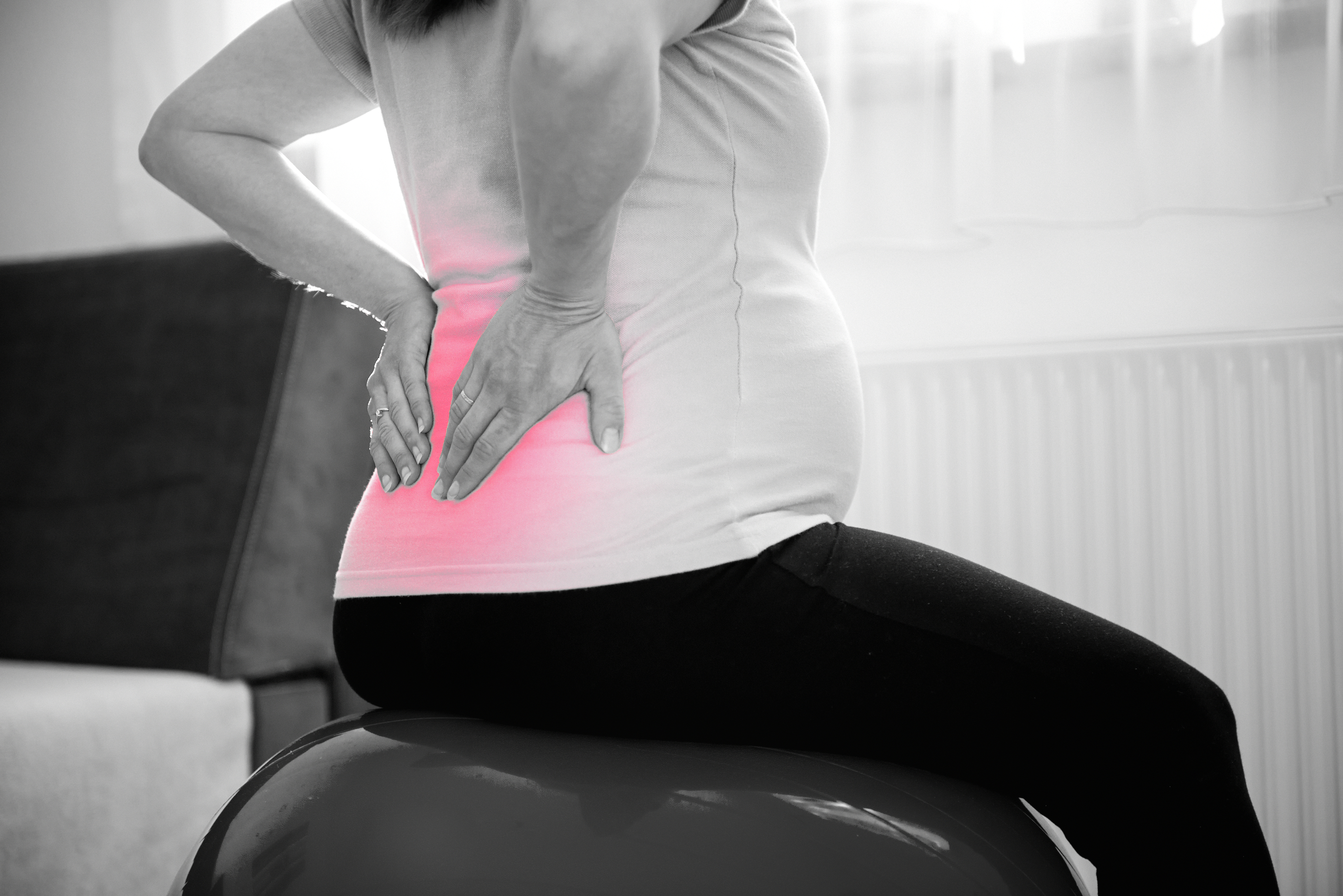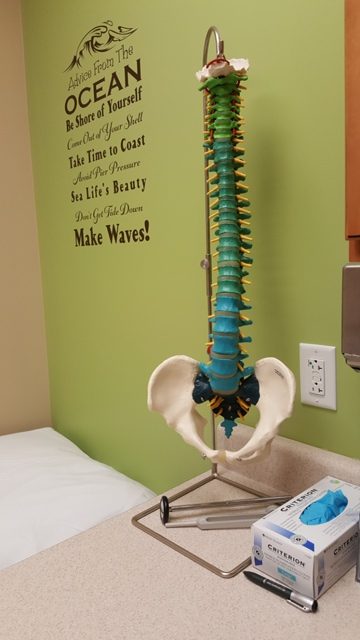LOW BACK PAIN DURING PREGNANCY
Various reports in the literature place the lifetime incidence of low back pain at 60-90 %. It annually afflicts 10 million Americans affecting both men and women. Although, both genders share many risk factors, women have unique causes, risk factors and treatment during the reproductive age.
Low Back Pain During Pregnancy very common in women during their reproductive years. Studies estimate between 50% and 80% of women experience some form of back pain during their pregnancy, ranging from mild pain associated with specific activities to acute back pain that can become chronic. Studies show that low back pain usually occurs between the fifth and seventh month of pregnancy, but can begin as early as eight to twelve weeks into your pregnancy.
Women with pre-existing low back problems are at higher risk for back pain, and their back pain can occur earlier in the pregnancy. Pregnant women are more likely to experience “Posterior Pelvic” or Sacroiliac (SI) pain.
There are two common types of back pain in pregnancy:
- Lumbar (lower back) pain
- Posterior pelvic pain or Sacroiliac (SI) pain

Lumbar (low back) pain
Lumbar pain during pregnancy is generally located at and above the waist in the center of the back. Individuals may or may not experience pain that radiates into the leg or foot. In general, lumbar pain during pregnancy is similar to low back pain experienced by non-pregnant women. This type of pain typically increases with prolonged postures (such as sitting, standing, or repetitive lifting). Tenderness may also be present in the muscles along the spine.
Posterior pelvic or SIJ pain
Posterior pelvic pain (in back of the pelvis) is four times more prevalent than lumbar pain in pregnancy. It is a deep, often sharp stabbing pain felt below and into the groin or anterior thigh, and/or below the waistline on either side across the tailbone (sacrum). This type of pain may be experienced on one or both sides. Posterior pelvic pain can extend down into the buttock and upper portion of the posterior (in back of) thighs, and does not usually radiate below the knees. The pain may be fleeting with an underlying dull ache. Several activities seem to commonly aggravate SI pain:
- Rolling in bed or rolling out of bed in the morning.
- Climbing stairs
- Sitting and rising from a seated position (such as getting in and out of cars, bathtubs, bed)
- Lifting, twisting, bending forward
Treatment
Treatment choices must take into account the safety of both mother and child. Most women can be successfully treated with careful non-operative conservative interventions.

Contact Us
13710 Olive Boulevard (Primary Office)
Chesterfield, MO 63017
Telephone: 314-469-PAIN (7246)
Fax: 314-469-7251
Exchange: 314-441-6965 (for after-hour Emergencies Only)
Hours:
Monday thru Friday
8:30 AM – 4:30 PM

